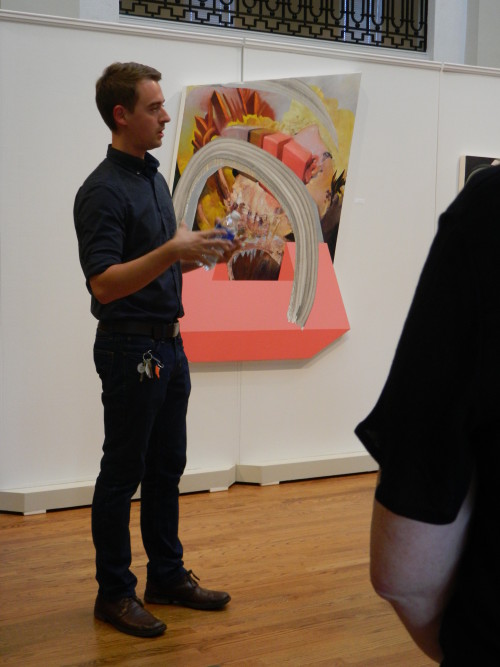In poverty-stricken countries today, girls’ education needs to be addressed more seriously than it currently is.
One person who is making a difference on this front is Malala Yousafzai. At 13 years old, Yousafzai was shot in the head in her native Pakistan by the Taliban for her advocacy of girls’ education in her village. Now, at 20 years old, she has won a Noble Peace Prize, created her own campaign against restricting education rights for women, and is attending university.
One of Yousafzai’s initiatives for improving and expanding girls’ education was her Girl Power Trip. This was a series of trips where Yousafzai met with young girls and listened to their stories about the barriers they faced while trying to obtain an education. Many of their stories derive from conflict, poverty, underage marriage, and the idea surrounding the machismo – man’s world – culture. Her Girl Power Trip took her to North America, the Middle East, Africa, and Latin America.
Yousafzai’s website profiles some of the young girls who are making a difference in their communities.
Two of these girls are twin sisters: Maryam and Nivaal, the “double trouble” team, have been making advances in their local school system in Canada. They have interviewed Yousafzai and the Canadian prime minister Justin Trudeau. They discussed what their country can do to create the best environment for educating young girls.
Activism for girls’ education is prominent in other parts of the world as well.
According to a case study that was done in Livingstone, Zambia, the presence of an educated girl is beneficial for international and domestic development. Furthermore, another study by Goldman Sachs reports that “girls’ education yields some of the highest returns of all development investments.”
In underdeveloped countries like Zambia, for example, girls face many obstacles in trying to obtain an education. The range of factors include poverty, school quality, distance to schools, and gender-based violence in school.
Gender discrimination plays a major role in keeping girls from school. Boys are allowed to attend school, but not girls, in some parts of the world. Other reasons are more social in nature, such as pregnancy, marriage, domestic work, social exclusion, inequality in the labor market, and menstruation.
There are many benefits to educating young girls in poverty: personal gratification, fertility awareness, and awareness towards the spread of HIV/AIDS.
According to Giovanna Olimos, author of the Zambian case study, “personal benefits that result from gaining an education include a raised social status and an increased sense of self-worth and confidence.” This sense of self-worth and confidence will increase the likelihood of girls attending classes.
Researchers point out that women with fewer children can focus on raising their children rather than being distracted by other events. Just one year of educational schooling will help reduce fertility by 10 percent.
Furthermore, an educated young girl can protect herself, as well as her children, from getting infected with HIV/AIDS. Though this problem does not pertain to all poverty-stricken countries, it is a big issue in Zambian towns. According to the study, “women with post-primary education are five times more likely than illiterate women to be knowledgeable about how to prevent HIV/AIDS.”
Creating awareness about girls’ education needs to be taken to the national stage – educated females help communities economically and socially. Women are massive influences in our world today; when society pays attention to educating young girls, the benefits will be great.




